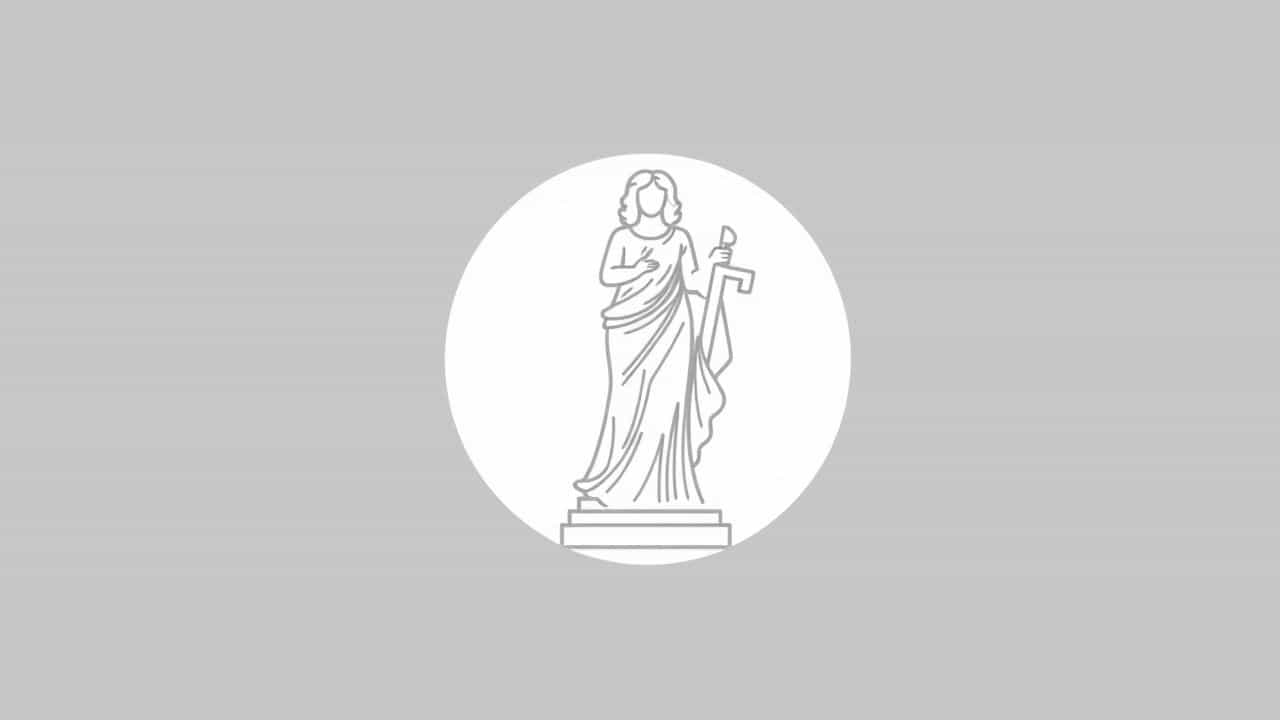A storyboard is a visual representation of a story, often used in film, animation, marketing, and product design. It consists of a sequence of illustrated frames that outline key scenes, helping creators plan their work effectively.Understanding what a storyboard example looks like can help artists, filmmakers, and content creators develop clear narratives before starting production. This topic explores the purpose, types, and practical examples of storyboards to demonstrate their role in visual storytelling.
What Is a Storyboard?
Definition of a Storyboard
A storyboard is a series of sketches, images, or illustrations arranged in chronological order to depict the progression of a story. Each frame typically includes:
-
A drawing or image representing a key moment
-
Dialogue or narration (if applicable)
-
Notes on camera angles, movement, or scene transitions
Storyboards serve as visual blueprints that guide directors, animators, and designers during production.
Purpose of a Storyboard
Storyboards are essential for:
-
Organizing ideas visually before production begins
-
Clarifying storytelling flow to avoid confusion
-
Helping teams communicate a shared vision
-
Saving time and resources by identifying issues early
Types of Storyboards
1. Traditional Storyboards
Traditional storyboards consist of hand-drawn sketches on paper or digital platforms. These are common in:
-
Film and animation production
-
Advertising and commercial storyboarding
-
Graphic novels and comics
2. Digital Storyboards
Digital storyboards are created using graphic design software or specialized storyboard applications. These allow for:
-
Easy editing and sharing
-
Animation previews for motion-based projects
-
Detailed visual effects planning
3. Thumbnail Storyboards
Thumbnail storyboards are quick, rough sketches used for initial planning. They focus on:
-
Basic composition and scene flow
-
Story pacing and character movement
-
Key transitions between scenes
4. Animated Storyboards (Animatics)
An animatic is a video version of a storyboard, often used in:
-
Animated films and TV shows
-
Video game cutscenes
-
Commercials and social media ads
It combines images, dialogue, and sound effects to give a preview of the final product.
Storyboard Example: Breaking Down a Scene
To understand how storyboards work, let’s examine a simple example from a short film or advertisement.
Scene Description
A coffee shop commercial where a customer walks in, orders a coffee, and enjoys the drink while reading a book.
Storyboard Breakdown
| Frame | Visual Description | Notes |
|---|---|---|
| 1 | Exterior of a cozy coffee shop, morning light shining | Establishing shot |
| 2 | Customer enters, greeted by a barista | Medium shot, friendly atmosphere |
| 3 | Close-up of hands preparing coffee | Detailed shot of steaming milk |
| 4 | Customer receives the coffee, smiles | Reaction shot |
| 5 | Customer sits by the window, sipping coffee and reading | Soft lighting, relaxed mood |
This simple sequence helps directors and animators plan camera angles, lighting, and scene progression before filming.
How to Create a Storyboard
Step 1: Define the Story
Before drawing a storyboard, ask:
-
What is the main idea?
-
Who are the characters?
-
What is the beginning, middle, and end?
A strong story foundation makes the storyboard process easier and more effective.
Step 2: Sketch Key Scenes
Use simple stick figures or detailed illustrations to depict important moments. Focus on:
-
Character positioning
-
Scene composition
-
Key actions and expressions
Step 3: Add Notes and Descriptions
Each frame should include:
-
Dialogue or voiceover details
-
Camera movements (zoom, pan, tilt)
-
Scene transitions (fade in, cut, dissolve)
These elements help guide editors, directors, and animators.
Step 4: Review and Revise
-
Check for logical flow and continuity
-
Adjust scene pacing if necessary
-
Ensure clear visual storytelling
Industries That Use Storyboards
1. Film and Television
Movies and TV shows rely on storyboards to:
-
Plan complex action sequences
-
Guide cinematographers and set designers
-
Improve storytelling clarity
2. Animation and Video Games
Animation studios use storyboards for:
-
Character movement planning
-
Scene layout and background design
-
Smooth storytelling flow
3. Marketing and Advertising
Ad agencies use storyboards to create:
-
TV commercials
-
Social media campaigns
-
Product launch videos
4. UX/UI and Product Design
Storyboards help design user experiences by mapping out:
-
User interactions with apps and websites
-
Step-by-step customer journeys
-
Prototype testing and visualization
Benefits of Using a Storyboard
1. Clearer Vision
Storyboards translate ideas into visuals, making abstract concepts easier to understand.
2. Better Team Collaboration
A storyboard helps directors, writers, and designers stay aligned during production.
3. Cost and Time Efficiency
By spotting issues early, storyboards prevent costly mistakes in later stages.
4. Enhanced Creativity
Sketching out scenes allows for experimentation with angles, lighting, and character interactions before finalizing production.
A storyboard example provides a step-by-step visual guide for storytelling, whether in film, animation, advertising, or UX design. By breaking down scenes into clear, structured frames, creators can bring ideas to life efficiently.
From simple hand-drawn sketches to detailed digital storyboards, this tool remains a fundamental part of visual storytelling, ensuring that every project flows smoothly and effectively.
